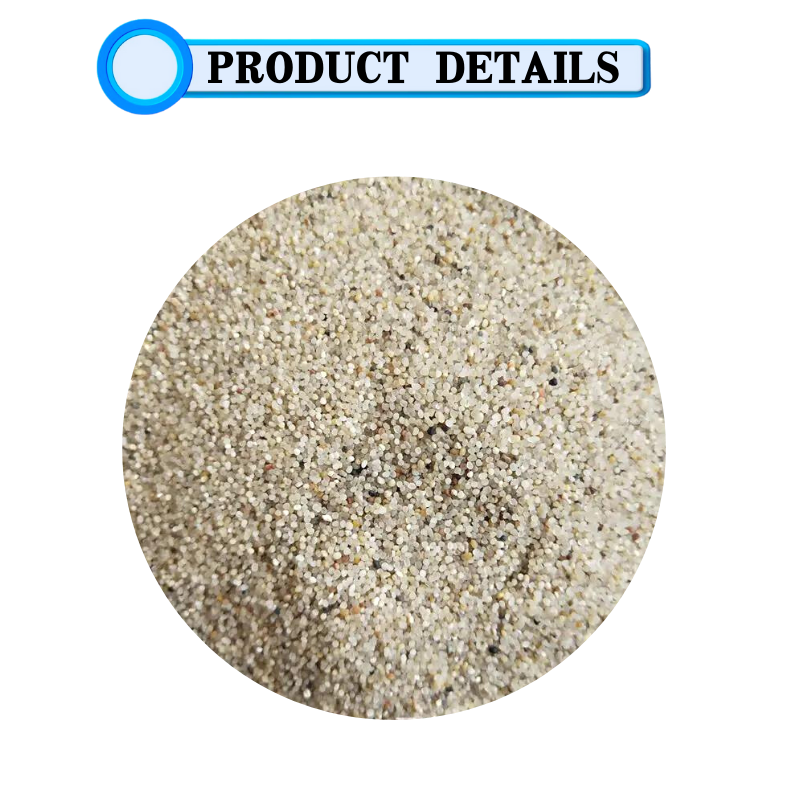
zeolit 13x
Zeolite 13X Properties, Applications, and Importance in Various Industries
Zeolites are a group of microporous, aluminosilicate minerals characterized by their crystalline structure and ability to adsorb and exchange ions. Among these zeolites, Zeolite 13X stands out due to its specific properties and versatile applications in various fields. In this article, we will explore the composition, characteristics, and importance of Zeolite 13X in modern industry and technology.
Composition and Structure
Zeolite 13X is a synthetic zeolite that belongs to the faujasite family. Its chemical formula can be represented as Na12[(AlO2)12(SiO2)12]·27H2O, which indicates that it contains sodium ions, aluminum, silicon, and water molecules in its structure. The framework includes a three-dimensional network of interconnected tetrahedra of SiO4 and AlO4, leading to the formation of large pores and cavities within the material. The unique arrangement of these pores allows Zeolite 13X to selectively adsorb molecules based on size and polarity, making it an effective molecular sieve.
Key Properties
One of the defining features of Zeolite 13X is its high adsorption capacity. With a pore size of approximately 10 Å (angstroms), it is capable of trapping larger molecules while allowing smaller ones to pass through. This property is crucial for various separation processes. Additionally, Zeolite 13X exhibits excellent thermal stability and can withstand high temperatures without losing its structural integrity, making it suitable for applications involving extreme conditions.
Applications in Different Industries
zeolit 13x

1. Gas Separation and Purification Zeolite 13X is widely utilized in the separation and purification of gases. Its ability to adsorb specific molecules makes it an essential component in applications such as the removal of carbon dioxide from natural gas and the capture of volatile organic compounds (VOCs) from industrial processes. The molecular sieve properties of Zeolite 13X enable efficient gas separation, leading to improved energy efficiency and reduced environmental impact.
2. Catalysis In the field of catalysis, Zeolite 13X serves as an effective catalyst support due to its high surface area and uniform pore structure. It provides an optimal environment for chemical reactions, enhancing reaction rates and selectivity. This application is particularly relevant in petroleum refining and petrochemical industries, where it plays a role in processes such as fluid catalytic cracking and catalytic reforming.
3. Desiccants Zeolite 13X is also commonly used as a desiccant due to its exceptional moisture adsorbing capacity. It can effectively remove humidity from the air, making it ideal for packaging sensitive electronic components, pharmaceuticals, and food products. By maintaining low humidity levels, Zeolite 13X helps preserve the quality and longevity of various products.
4. Water Treatment The ion-exchange properties of Zeolite 13X make it an excellent candidate for water treatment applications. It can effectively remove heavy metals and other contaminants, contributing to cleaner and safer drinking water. Moreover, its ability to soften water by exchanging sodium ions for calcium and magnesium ions is beneficial in both industrial and household contexts.
Conclusion
Zeolite 13X is a remarkable material that plays a significant role in several industries owing to its unique properties and versatility. Its capabilities in gas separation, catalysis, moisture removal, and water treatment highlight its importance in enhancing efficiency and sustainability in industrial processes. As research continues to reveal new applications and improve existing technologies, Zeolite 13X is poised to remain a critical component in advancing various fields, contributing towards a cleaner and more efficient future. Its relevance underscores the significance of zeolites as valuable resources in addressing some of the modern world's most pressing challenges.
Share
-
Premium Resin Coated Sand - High Heat Resistance CastingNewsJul.31,2025
-
High Quality Silicon Carbide Grit for Abrasive ApplicationsNewsJul.30,2025
-
High-Quality Ceramsite for Plants & Gardening | Lightweight PebblesNewsJul.29,2025
-
Premium Burgundy Glass Marbles for Vases & Shooter GamesNewsJul.29,2025
-
High Purity Quartz Sand for Industrial and Ground ApplicationsNewsJul.29,2025
-
High-Quality Barite Powder for Drilling & Industrial UseNewsJul.29,2025






